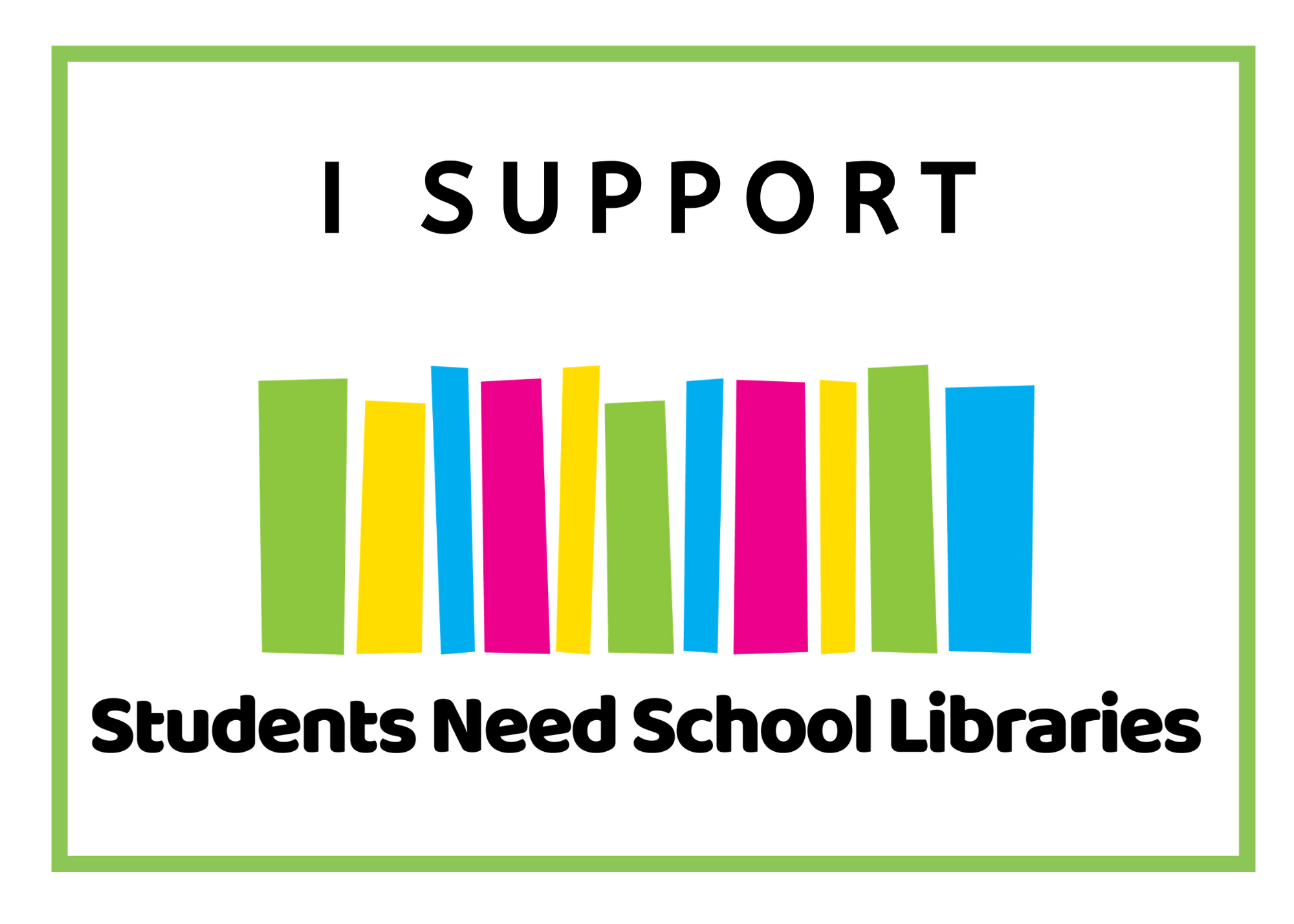School Libraries and Student Learning: A Guide for School Leaders – Rebecca J. Morris – Harvard Education Press – Published 4 August 2015
♥♥♥♥
Synopsis
Innovative, well-designed school library programs can be critical resources for helping students meet high standards of college and career readiness. In School Libraries and Student Learning, Rebecca J. Morris shows how school leaders can make the most of their school libraries to support ambitious student learning. She offers practical strategies for collaboration between school leaders, teachers, and librarians to meet schoolwide objectives in literacy, assessment, student engagement, and inquiry-based learning.
Topics include: establishing “makerspaces” and “learning commons” to support student-centered learning; developing a schoolwide focus on literacy across multiple formats and devices; redesigning lesson plans that foster inquiry and critical thinking across classrooms and grade levels; supporting collaboration between teachers and librarians in instruction and assessment; and using the library to strengthen ties between school, family, and community.
My thoughts
As a librarian I am always eager to learn more about the amazing profession I find myself in, how school libraries are changing, and how this should reflect practice. I also love learning about what other school libraries are doing. School Libraries and Student Learning by Rebecca J Morris is a wonderful resource for school librarians and school leaders. It covers a huge range of topics, from the fundamental principles of libraries and librarians, to specialised spaces within the library or learning commons, as well as guides, checklists, and real-life school examples.
School Libraries and Student Learning is written for school leaders. It seeks to highlight the importance of school libraries, school librarians and the way in which these are both integral to an integrated school learning system. There are eight chapters, as well as a school library checklist appendix.
Chapter one introduces the scope of the book and the concept of school libraries within today’s schooling system. Chapter two delves into the topical subject of school makerspaces, but also discusses the way the school library layout and use of space is changing and the ideas behind the change. Chapter three investigates reading and its instruction across the curriculum, supported by the school library and librarian in an integrated way. Chapter four addresses inquiry and critical thinking and student-centred learning. Chapter five raises the important issue of assessment for learning within the library context. Chapter six promotes the school library’s role in responding to diverse needs within the school community and how the school library can build connections. Chapter seven is a guide to practical matters within the library system, including the scheduling of the school library space and the school librarian, use of technology, and evaluating the current library system. Chapter eight summarises the importance of the relationship between school and library, returning to the key ‘bridges’ outlined in the introduction. And finally, the appendix checklist offers a great resource for taking a fresh look at the school library and finding areas for adjustment and revitalisation.
School Libraries and Student Learning is an information-dense book. At times I hoped for a picture or a chart of some type to break up the text, however, it does contain a few sidebar boxes with worked examples or key points. The book has lots of great information, but to took me a long time to work through all the content and I know there is plenty more that I need to revisit. This book is written for an American audience, however, it is useful for school libraries internationally. Many of the referenced standards for learning or teaching are the American models but are easily relatable to the similar Australian standards with which I am more familiar.
School Libraries and Student Learning is a helpful and inspiring resource from which I will take many ideas and which helps to reinforce the importance of school libraries and school librarians within the wider school system.
The publishers provided an advanced readers copy of this book for reviewing purposes. All opinions are my own.
More information
Category: Non-fiction.
Themes: Libraries, Schools, School libraries, leadership, school leadership, makerspaces, librarians, school librarians.
Published: 4 August 2015 by Harvard Education Press.
Format: Paperback, ebook. 232 pages.
ISBN: 9781612508368



Leave a Reply